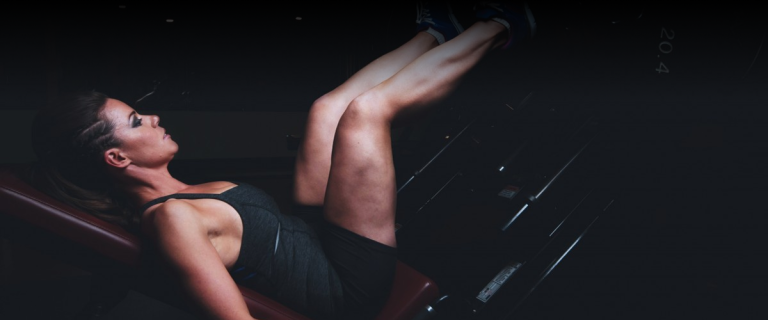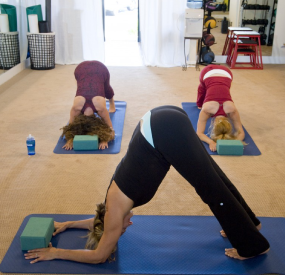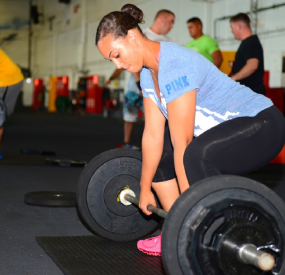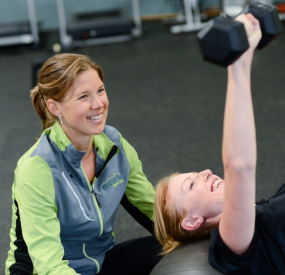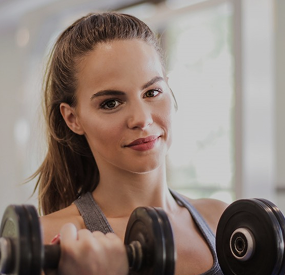🥗 Introduction: Why Nutrition Matters as Much as Training
If you’ve been hitting the gym regularly but still not seeing results, the problem might not be your workout — it’s your nutrition.
In India, many gym-goers spend hours lifting weights or doing cardio but neglect one crucial element: what they eat before and after workouts. The truth is, gym nutrition plays a bigger role in muscle growth, recovery, and fat loss than most people realize.
Think of your body as a car. The workout is the engine — but nutrition is the fuel. Without the right fuel, even the best engine won’t run efficiently.
In this blog, we’ll break down the best foods to eat before and after your gym sessions, explain the timing of meals, and share Indian diet examples that actually help you recover and build lean muscle — all tailored for the Indian lifestyle
💪 Understanding Gym Nutrition in Simple Terms
Gym nutrition India isn’t about fancy imported supplements — it’s about balanced, timely, and consistent eating.
Your body needs three main nutrients:
- Protein: Builds and repairs muscle tissues.
- Carbohydrates: Provide energy for your workouts.
- Fats: Support hormones and joint health.
Along with these, you need vitamins, minerals, and hydration to perform at your best.
A good gym diet focuses on nutrient timing — eating the right foods before, during, and after your workout to fuel your body and help it recover faster.
🕒 When to Eat: The Perfect Timing for Gym Nutrition
Timing your meals around workouts can make a big difference.
- Pre-Workout Nutrition (30–90 Minutes Before Training)
The goal of a pre-workout meal is to give your body energy and prevent fatigue during training.
Best options for pre workout meal India:
- 1 banana + black coffee (light, quick energy)
- 2 boiled eggs + 1 slice of brown bread
- Oats with milk and honey
- Poha or upma with vegetables
- Paneer sandwich with whole wheat bread
🕒 Timing Tip: Eat 60–90 minutes before your gym session if you’re having a solid meal. For quick snacks, 30 minutes is fine.
- During Workout (Optional for Most People)
For sessions longer than an hour, you can sip:
- Water or coconut water
- Electrolyte drink (sugar-free or homemade with lemon + salt + honey)
Staying hydrated helps maintain strength and focus.
- Post-Workout Nutrition (Within 30–45 Minutes)
This is the most important meal for gym-goers. After a workout, your muscles are tired and need nutrients for recovery.
Your post-workout meal should contain fast-digesting protein and carbs to repair muscle tissue and refill glycogen.
Best post workout foods in India:
- Protein shake with banana or oats
- Paneer or tofu with roti
- Chicken breast with rice
- Egg white omelet with toast
- Greek yogurt with fruits and honey
- Dal + rice + salad
🕒 Timing Tip: Eat within 30–45 minutes after your gym session
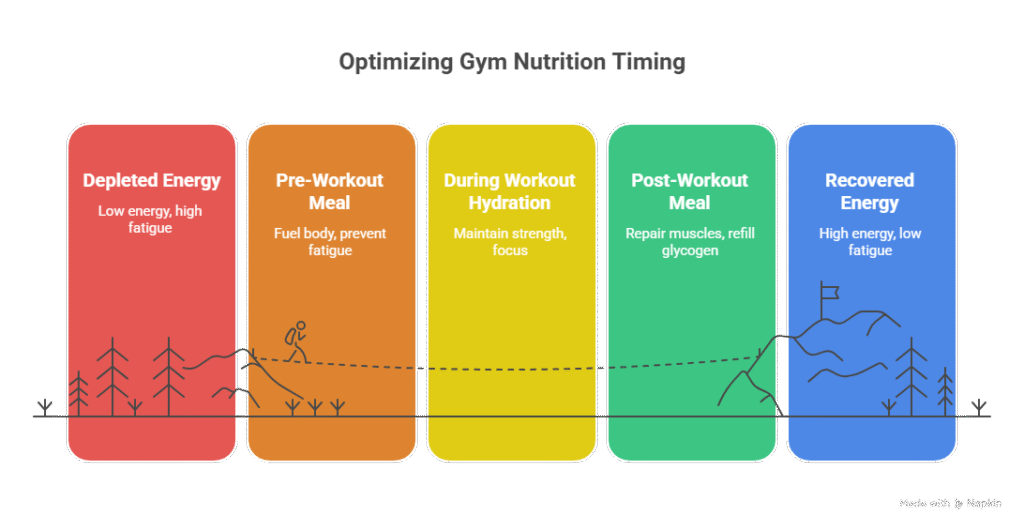
🍛 Indian Diet Plan for Gym Gains
Here’s a sample gym nutrition plan India suitable for muscle gain and fat control.
Morning (Pre-Workout)
- 1 banana or apple
- 1 scoop black coffee or green tea
Breakfast (Post-Workout)
- 4 egg whites + 2 rotis
- 1 bowl curd or paneer
- 1 glass of milk
Lunch
- 1 cup brown rice or 2 rotis
- Chicken, paneer, or dal (protein source)
- Mixed vegetables
- 1 tsp ghee
Evening Snack
- Roasted chana or peanuts
- 1 fruit (apple/orange/papaya)
Dinner
- Grilled chicken or tofu with vegetables
- 1 bowl soup or salad
Before Bed (Optional)
- 1 glass warm milk or whey + water (for muscle recovery overnight)
🧬 Protein Diet for Gym in India
Protein is the building block of muscle. You should aim for 1.6–2 grams of protein per kg of body weight daily.
Best protein foods in India:
- Vegetarian: Paneer, tofu, lentils, sprouts, soy chunks, curd, milk, chickpeas
- Non-Vegetarian: Eggs, chicken breast, fish, prawns, lean mutton
If you struggle to meet your protein target, you can include a whey protein shake once a day — but remember, supplements should supplement, not replace food.
⚖️ Carbs & Fats — Don’t Fear Them
Carbohydrates are your main source of energy. Skipping carbs can lead to fatigue and poor gym performance.
Healthy Indian carbs: Oats, brown rice, millets, quinoa, fruits, and sweet potatoes.
Fats are equally essential for hormone balance and brain function.
Healthy fats: Ghee (in moderation), almonds, walnuts, avocados, olive oil, and seeds (flax, chia, sunflower).
Balanced nutrition always beats extreme dieting.
🔁 Recovery: The Missing Link in Most Gym Routines
Recovery is where your muscles actually grow and repair. Without proper rest and nutrition, you’ll end up tired, sore, and stuck.
Tips to improve recovery:
- Sleep at least 7–8 hours daily – Growth hormones release during deep sleep.
- Hydrate well – Dehydration slows down recovery and performance.
- Stretch after every workout – Prevents stiffness and improves blood flow.
- Include recovery foods:
- Turmeric milk (anti-inflammatory)
- Bananas (potassium for muscle cramps)
- Yogurt (probiotics for gut health)
- Coconut water (natural electrolytes)
Quick Tip: Try scheduling an active recovery day once a week — light yoga, walking, or foam rolling.
💥 Supplements: Do You Really Need Them?
Many gym beginners in India think supplements are mandatory. The truth is: you don’t need them unless your diet lacks something specific.
Popular gym supplements in India:
- Whey Protein: Easy way to meet daily protein goals.
- Creatine: Helps increase strength and performance.
- BCAAs: Support muscle recovery (optional).
- Omega-3 Capsules: For joint health.
Always choose certified, trusted brands and check FSSAI or third-party testing labels before purchasing.
🚫 Common Gym Nutrition Mistakes in India
- Skipping meals after workout – Starving your muscles delays recovery.
- Relying only on supplements – Real food builds real results.
- Overeating junk food because you worked out – One bad meal can undo your hard work.
- Not tracking water intake – Dehydration reduces strength and focus.
- Crash diets or zero-carb trends – Unsustainable and harmful long-term.
Avoid these, and your progress will skyrocket.
🧠 Bonus: Nutrition Tips for Indian Vegetarians
Vegetarian gym-goers often worry about protein intake. Here’s how to get enough:
- Combine dal + rice or roti + paneer for complete amino acids.
- Include soy chunks, lentils, and Greek yogurt daily.
- Use plant protein powders if needed.
- Eat nuts and seeds for added calories and healthy fats.
⚡ Putting It All Together
Here’s a quick summary of what matters most for gym nutrition India:
Stage | What to Eat | Why It Matters |
Pre-Workout | Banana + black coffee / Oats + milk | Energy boost for training |
During Workout | Water / Coconut water | Hydration & endurance |
Post-Workout | Protein + carbs (chicken + rice, paneer + roti) | Muscle recovery |
Throughout the Day | Balanced meals + 3L water | Sustained energy & growth |
🧘 Final Thoughts: Train Hard, Eat Smart
Your workout gives your body a reason to grow — but nutrition is what makes that growth possible.
If you want real gym gains in India, focus on eating balanced meals, staying consistent, and recovering well. You don’t need imported foods or expensive shakes — just good Indian nutrition, timed right.
So next time you step into the gym, remember:
“Muscles are built in the gym — but revealed in the kitchen.”
✅ Call to Action:
For more gym nutrition tips, Indian meal plans, and fitness challenges, visit FitWithHarry.com and follow us on Instagram @fitwithharry.

